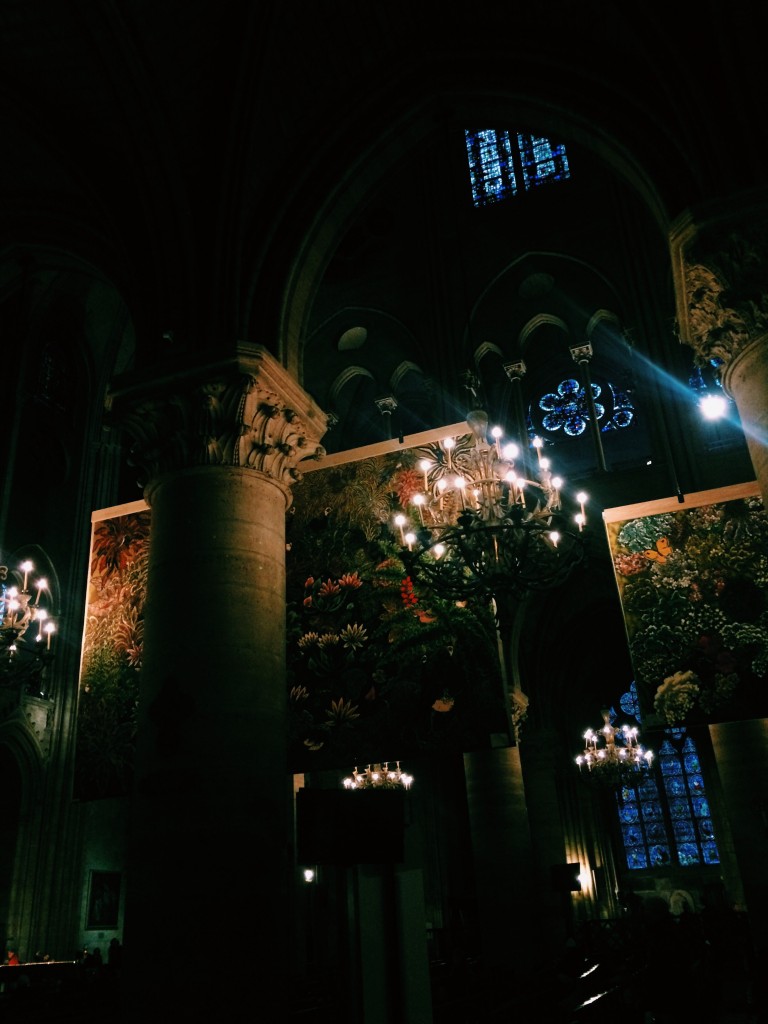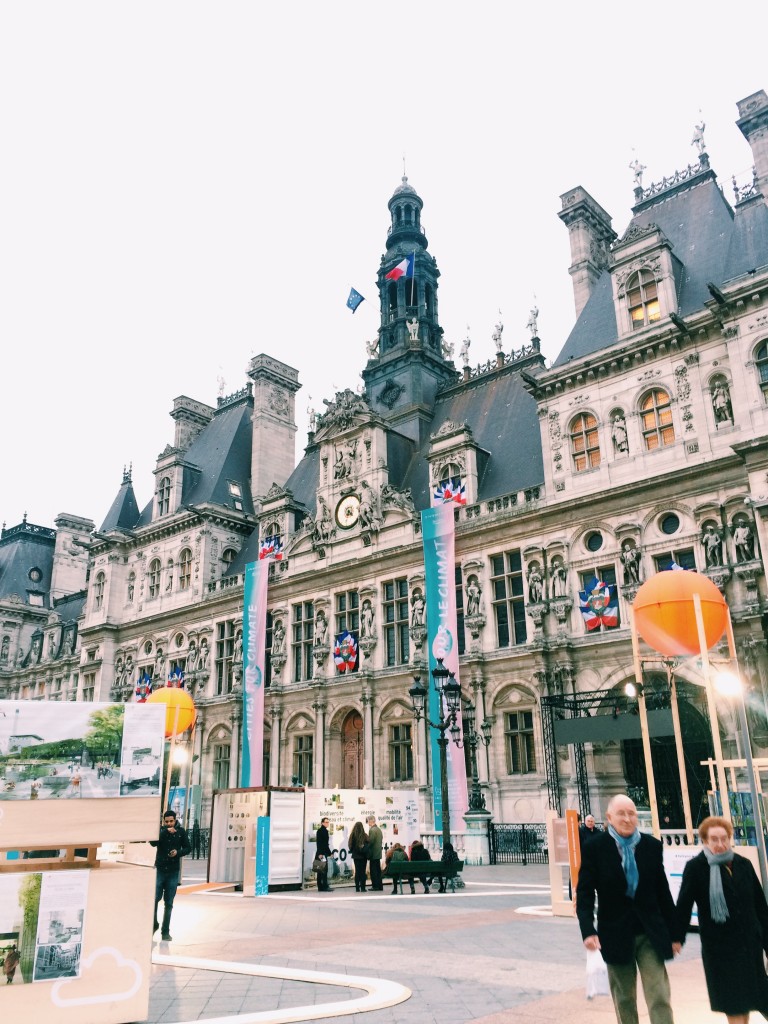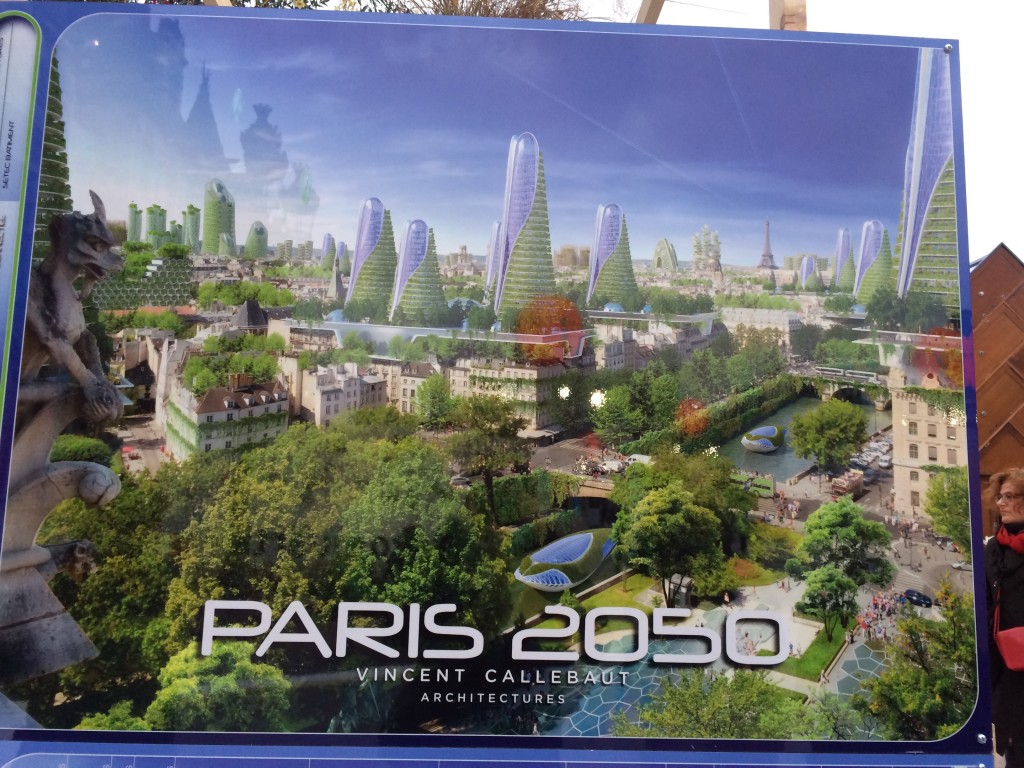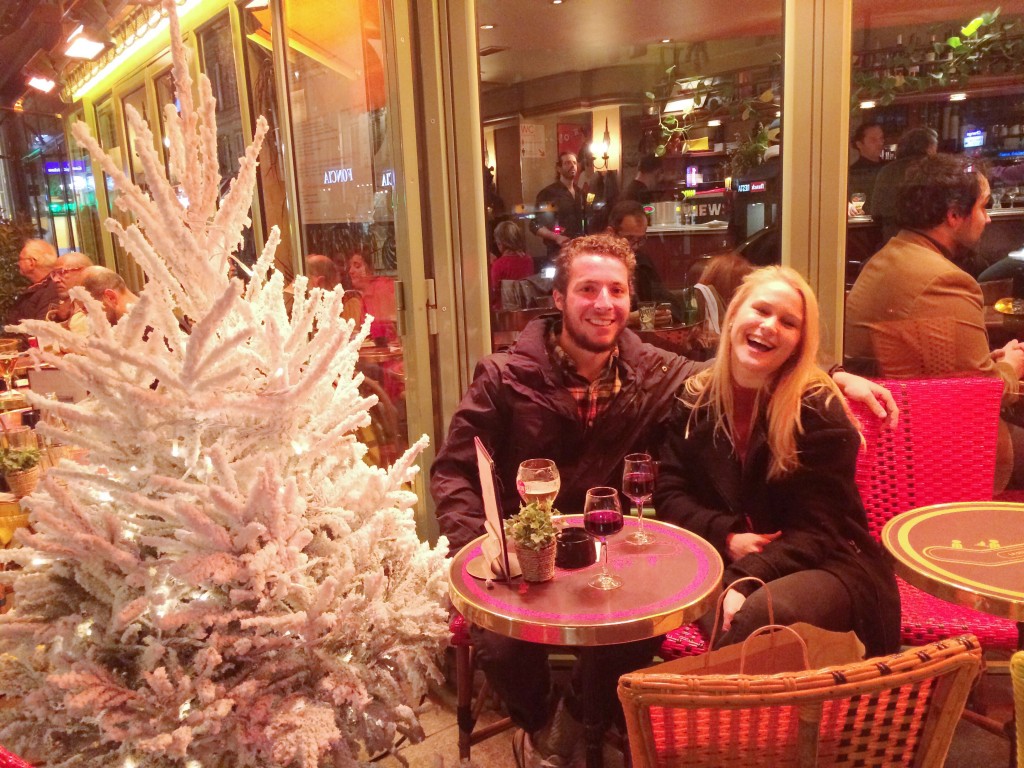Written from a bustling cafe facing Notre Dame
Today marks the official start of the United Nations Framework Convention on Climate Change conference. If you’re still confused as to what this COP21 thing is, we found this nifty guide today that lays out the short and sweet details.
This morning each of the 150 heads of state present took turns restating their nation’s reduction plans and stressing their commitment to addressing climate change. President Obama, who will be at the conference both today and tomorrow, took the opportunity to outline the United States’ climate strategy and to defend his presidential legacy on the environment. He declared to the assembly, “I’ve come here personally, as the leader of the world’s largest economy and the second largest emitter, to say that the United States of America not only recognizes our roles in creating this problem, we embrace our responsibility to do something about it”.
In addition, Bill Gates and Mark Zuckerberg announced the first major commitment from the conference, launching a new, multi-billion dollar clean energy fund. This global initiative is aimed at spurring private sector investment in alternative energy, particularly for developing countries.
More representatives came out for today’s meeting than for any other UN event in history. Today started with basic, rudimentary introductions; a thank you to Paris for hosting; an acknowledgement of the bravery of representatives for coming together shortly following the terrorist attacks; and a summary of the climate challenge. However, there were some interesting points to take home from the opening ceremony:
-
Representatives discussed the discrepancy amongst attendees as to what to use as the carbon emissions baseline and what the real temperature target of the conference should be. Obama and Putin referenced levels from 2005 as their baseline while the rest of the UN presented on levels dating back to the 1990s. Likewise, most of the attending parties have signed off on 2 degrees celsius as the target, but many small island nations don’t think that is drastic enough, pushing for the target to be lowered to 1.5 degrees celsius.
-
Another key topic of discussion today was the rift between prosperous and developing nations regarding who should carry the weight in emission reductions and who should foot the bill. India spearheaded this debate, arguing that developing countries shouldn’t have to slow their economic growth to address an environmental crisis caused by largely by industrialized nations. Stay tuned for more– this discussion will remain a central theme throughout the conference.
-
Fiji offered to open its borders to more than 100,000 Kiribati climate refugees. This move highlights the severity of sea level rise and initiates what could become a common relocation process for many island natives.
Will leaders at COP21 make good on the promises made today and be able to successfully establish a meaningful climate treaty? While the conference is off to a promising start, its outcome is still unclear. Prince Charles (heir to the british throne) spoke of this uncertainty to his fellow delegates, noting that six years ago in Copenhagen, he foresaw that in 100 months, roughly 8 years, the world would hit a point of no return in the realm of climate change. Today his stance has not changed, and he continues to challenge his fellow leaders: “Have we really reached such a collective inertia that ignores so clear a warning? Eighty of those 100 months have now passed, so we must act now.”
What’s the difference between Paris and Copenhagen?
The last time we aimed to create binding legal action to help stabilize climate change was back in 2009 at the conference in Copenhagen (COP15). At this conference, world leaders were heavily involved in the negotiations and were brought in at the closing to finalize all terms. Many feel that heavy participation from world leaders actually contributed to the conference’s shortcomings. This year, there is a new approach. Many of the world leaders are showing up and presenting on the first two days, primarily to boost moral and show face, while for the remainder of the conference negotiations will be left to lower profile policy negotiators. The idea is to take the ego and pride of our world leaders out of the equation in hopes of working towards an agreement that will be internationally beneficial.
- an artistic rendering of Paris’s climate resiliency potential
While the heads of state conference is already in motion, the official events that the general public (that’s us!) are allowed to attend don’t start until tomorrow. In the meantime, we spent the day wandering around the Latin Quarter, where we peeked into Notre Dame and explored the “Paris de L’Avenir” expedition in front of city hall; an expo showcasing a number of innovative and creative solutions being applied to the climate challenge. These ranged from algae-generated energy systems to urban agricultural strategies used across Paris. It’s exciting for us to see climate-related exhibits and educational displays out in one of the busiest cities in the world. And this is only the beginning.







One Response to Nov. 30: So Far, So Good
Looks like you are off to a great start! Enjoy Paris and enjoy the conference.